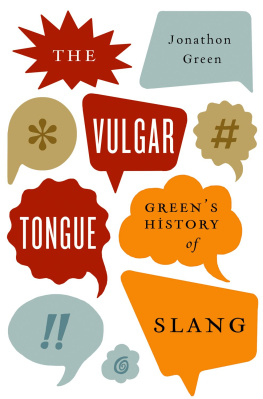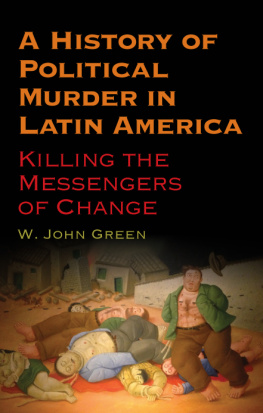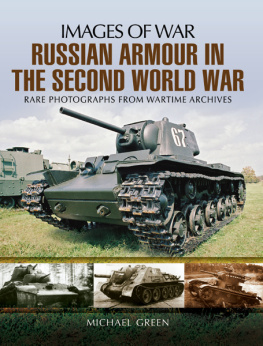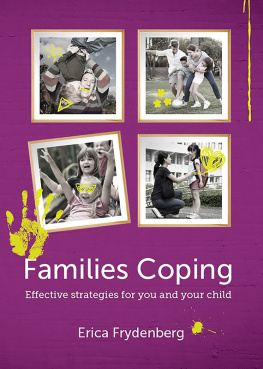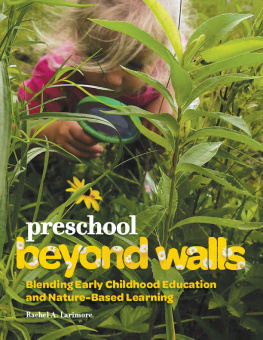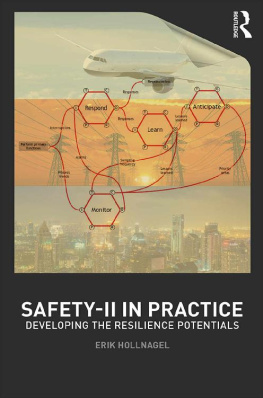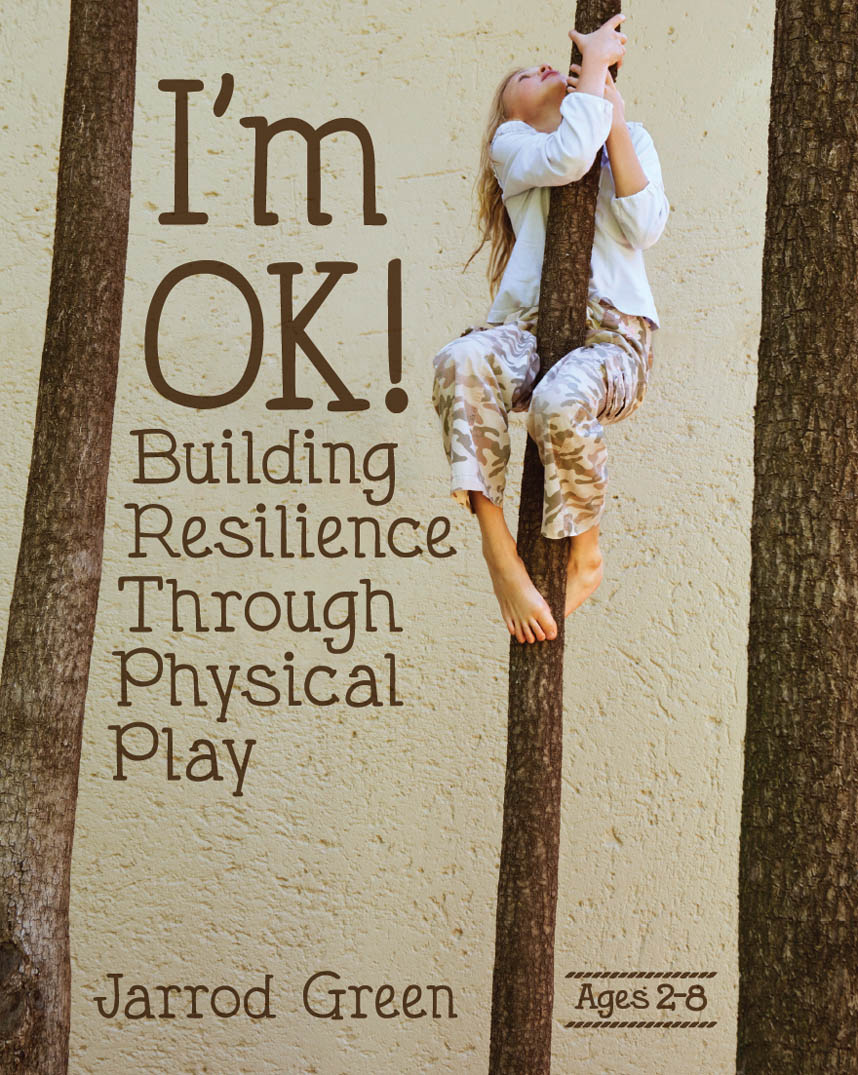
Published by Redleaf Press
10 Yorkton Court
St. Paul, MN 55117
www.redleafpress.org
2017 by Jarrod Green
All rights reserved. Unless otherwise noted on a specific page, no portion of this publication may be reproduced or transmitted in any form or by any means, electronic or mechanical, including photocopying, recording, or capturing on any information storage and retrieval system, without permission in writing from the publisher, except by a reviewer, who may quote brief passages in a critical article or review to be printed in a magazine or newspaper, or electronically transmitted on radio, television, or the Internet.
First edition 2017
Cover design by Amy Fastenau
Cover photograph by Clarissa Leahy / Getty Images / iStock
Interior design by Jim Handrigan
Typeset in Minion Pro
Interior photos by Jarrod Green, except on pages 1 and 2 by Sarajane Dickey and on page 29 by Merryl Gladstone.
Library of Congress Cataloging-in-Publication Data
Names: Green, Jarrod, author.
Title: Im OK!: building resilience through physical play / Jarrod Green.
Description: First edition. | St. Paul, MN: Redleaf Press, 2017. | Includes bibliographical references and index.
Identifiers: LCCN 2016009079 (print) | LCCN 2016020410 (ebook) | ISBN 9781605544526 (ebook)
Subjects: LCSH: Physical education for children. | Resilience (Personality trait) in adolescence. | BISAC: EDUCATION / Teaching Methods & Materials / General. | SOCIAL SCIENCE / Childrens Studies. | EDUCATION / Physical Education.
Classification: LCC GV443 .G76 2017 (print) | LCC GV443 (ebook) | DDC 372.86--dc23
LC record available at https://lccn.loc.gov/2016009079
Table of Contents
Guide
Contents
In both my career and my life Ive been surrounded by extraordinary educators who have taught me both explicitly and by their example how to be the teacher I am, and to whom I am deeply indebted.
Thank you to all the wise and generous teachers whose practices have taught me about helping children build resilience and whom I have referenced in this book.
Thank you to all the teachers Ive had the privilege to call my colleagues and all the teachers and leaders who have mentored me along the wayto Lisa and everyone at Temple Sinai Preschool; to Belann and Lynn and Saeda and everyone at Pacific Primary; to Barbara and Daniel and everyone at San Francisco State University; to Joan and everyone at Diablo Valley College; to Merryl and Traci and all my truly exceptional colleagues at the Childrens Community School.
Thank you to all the enablers and cheerleaders who encouraged me to writeto Gaye; and to Lisa and everyone at Teachers Write Now.
Finally, thank you to my three all-time favorite teachersto my dad, who taught me that teaching is about writing and communicating and passion and fun; to my mom, who taught me that teaching is about curiosity and creativity and problem-solving and relationships; and to Amelia, who continues to teach me more about teaching, and about resilience, and about life, than she knows.
This is a book for early childhood educators who want to connect powerfully and effectively with childrens physical learning; who want to meet childrens needs concerning physical development, both short and long term; and who see a place for resilience in their goals for children. This book aims to give teachers the tools they need to understand the ideas connected with resilience and strategies for implementing those ideas in their practice. It aims to provide both a theoretical framework and a practical approach for work with children, families, and other educators on resilience. It aims to help teachers not just to build resilience into their own personal approach to teaching but also to create a culture of resiliencein their classrooms, in their schools, and in their communities.
will provide you with further reading and resources on the topics discussed in this book.
Each chapter is studded with sidebars containing reflection questions. So much of this book connects with both our teaching practices and our life experiences that its important for each reader to see where those connections are. As you read the book, I urge you to pause, at least for a few minutes, at each reflection question to consider your own response to the issues the section has raised. If your school or community is exploring issues of physical development and resilience, the reflection questions can be useful prompts for staff meetings, family discussions, teacher groups, and so on.
While you are of course free to look through this book in any order you choose, or simply to find the sections that seem most valuable or urgent, I urge you to read the chapters in order. Youll find that many of the ideas in this book are the same from section to section and that they acquire deeper layers as we revisit them in new contexts. Similar approaches are effective and appropriate in a surprising variety of situations. For instance, youll find that a strategy for supporting a child whos nervous about climbing the jungle gym will also work to support a teacher whos nervous about what will happen if she allows children to take physical risks. A strategy that helps you communicate with a parent when a child has been injured will help you communicate with your licensing consultant about the safety of part of your playground. Similar approaches come up again and again because the principles involved are universal. In particular, youll notice that building relationships is a theme throughout the book as a key ingredient in all aspects of your practice.
I hope this book will feel like a blend of new and oldthat the principles and philosophies will feel familiar as things youve always known and thought, but that their applications will feel exciting and helpful and give you energy and confidence to make resilience a bigger part of your teaching practice.
Heres to bouncing back!




Some of my very earliest memories are of my dad throwing me in the air. When I was one and two years old, my dad would throw me up in the air and catch me, and I would laugh and squeal, Again! Again! My favorite part was when hed wait until I got to knee level before he snatched me out of the air. My mom always worried hed drop me, but he never did.
When I was five we had an orange tree in my backyard. It had these twisty branches that spread out right from the base and hardly any leaves or twigs until the very ends of the branches, so it was perfect for a small child like me to climb. I could climb up and look down on my family without (I thought) being seenit was my private little hideaway high above the ground. In retrospect it was probably only about six feet off the ground, but it felt high and dangerous and secret.
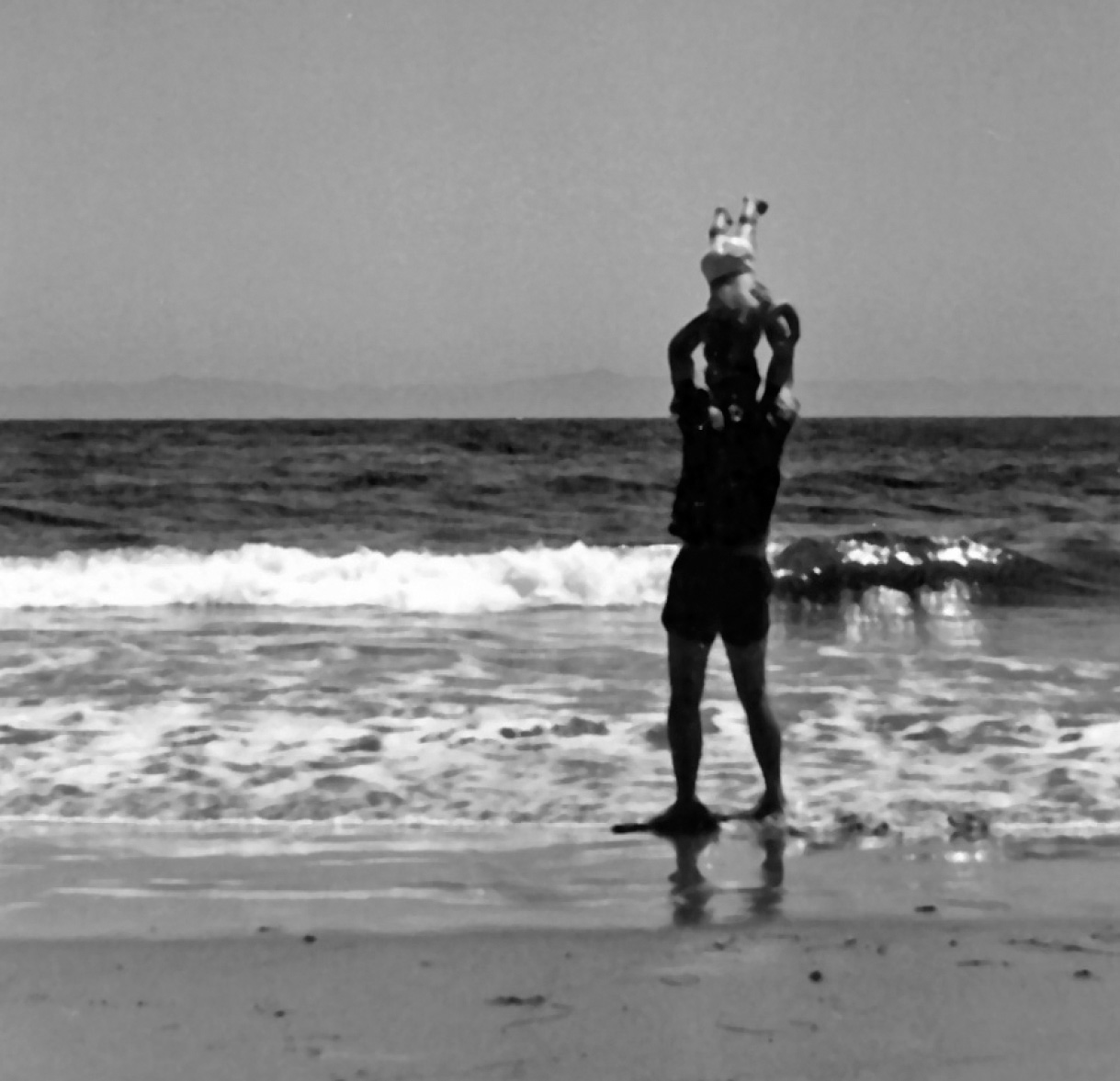
One-year-old Jarrod and his father.




